The Future of CNC Milling Innovation Shaping Manufacturing Today
As the manufacturing landscape evolves, CNC milling stands at the forefront of technological innovation, revolutionizing the way products are designed and produced. According to a report by MarketsandMarkets, the global CNC machine market is projected to reach $100 billion by 2025, driven by the increasing demand for automation and precision in manufacturing processes. This shift towards CNC milling is not just about efficiency; it's also about enhancing the quality of output and reducing waste. With advancements in software integration and machine learning, CNC milling is becoming more accessible to small and medium enterprises, promising significant cost savings and higher productivity. As we explore the future of CNC milling, it's crucial to understand how these innovations are shaping modern manufacturing and what strategies companies can adopt to leverage these advancements for competitive advantage.

Exploring the Latest Trends in CNC Milling Technology
CNC milling technology is undergoing a rapid evolution, transforming the manufacturing landscape through advancements that enhance precision, efficiency, and capability. One of the latest trends is the integration of artificial intelligence and machine learning into CNC systems. This innovation allows for predictive maintenance, optimizing machining processes, and reducing downtime. Manufacturers can harness data analytics to streamline operations and improve productivity, making CNC milling more responsive to market demands.
Tip: When adopting new CNC milling technologies, it's crucial to invest in staff training. Educated personnel can leverage these advanced systems to their fullest potential, ensuring that the operation runs smoothly and efficiently.
Another significant trend is the rise of multi-axis milling machines. These machines enable manufacturers to create complex geometries and intricate designs without the need for multiple setups, increasing versatility and reducing lead times. As industries push for more complex forms and lightweight components, multi-axis milling will become increasingly essential.
Tip: Consider your production needs carefully before upgrading to multi-axis machines. Analyzing the types of parts you produce and the associated demand can help determine if the investment will yield significant returns.
The Future of CNC Milling Innovation Shaping Manufacturing Today - Exploring the Latest Trends in CNC Milling Technology
| Trend | Description | Impact on Manufacturing | Adoption Rate (%) |
|---|---|---|---|
| Automation | Increased use of automated machinery and AI in CNC milling processes. | Higher efficiency and reduced labor costs. | 75% |
| Advanced Materials | Use of new composites and alloys for improved performance. | Enhanced durability and resistance in end products. | 65% |
| Digital Twin Technology | Creating a digital replica of physical systems for better monitoring and optimization. | Improved predictive maintenance and process efficiency. | 50% |
| Sustainability Initiatives | Focus on reducing waste and energy consumption in CNC milling. | Lower environmental impact and cost savings. | 70% |
| Remote Monitoring | Utilization of IoT solutions to monitor machining processes remotely. | Instant access to machine data and proactive troubleshooting. | 60% |
Integrating Automation and CNC Milling for Enhanced Efficiency
The evolution of CNC milling technology is at the forefront of manufacturing innovation, particularly as automation becomes increasingly integrated into processes. According to a recent report by the International Federation of Robotics, the global market for industrial robots, which includes CNC milling automation, is projected to reach $100 billion by 2025. This surge indicates a significant shift towards automated solutions that enhance precision and productivity in manufacturing environments.
Incorporating automation into CNC milling not only streamlines operations but also significantly improves efficiency. The use of automated setups can reduce labor costs by as much as 30% and increase production speeds by 50%, according to a study from Deloitte. Manufacturers looking to upgrade their CNC systems should consider investing in fully integrated solutions that combine advanced robotics with intelligent software, enabling real-time adjustments and monitoring.
Tips: To adapt to this rapidly changing landscape, manufacturers should prioritize staff training on new technologies and automation systems. Moreover, regularly assessing equipment performance can uncover areas for improvement, ultimately driving greater efficiency. Adopting a proactive approach to automation will ensure that businesses remain competitive and can swiftly respond to market demands.
Materials Revolution: How CNC Milling Adapts to New Composites
The evolution of CNC milling technology is significantly influenced by the ongoing materials revolution, particularly with the introduction of advanced composites. Reports indicate that the global composite materials market is projected to surpass $150 billion by 2026, demonstrating an increased demand for lighter, stronger materials across various industries, including aerospace and automotive. CNC milling has adapted by refining its processes to accommodate these new materials, which often require specialized tooling and programming techniques to achieve optimal results.
As manufacturers shift towards composites, CNC milling machines are being upgraded to enhance their precision and performance. For instance, cutting-edge tools designed for machining difficult-to-cut materials like carbon fiber and reinforced plastics have emerged. According to a recent study by the Society of Manufacturing Engineers, CNC milling processes that incorporate advanced composite materials can improve product durability by up to 30% while reducing overall weight, crucial for sectors like aerospace where performance is paramount. This drive towards innovation ensures that CNC milling not only meets the current material challenges but also positions itself as a cornerstone for future manufacturing advancements.

The Role of Software Innovations in CNC Milling Processes
Software innovations are playing a pivotal role in the advancement of CNC milling processes, driving efficiency and precision in manufacturing. With the global CNC machine market projected to reach $195.59 billion by 2032, it is clear that the integration of cutting-edge software solutions is essential for manufacturers seeking to maintain competitiveness. Innovations such as advanced programming tools and data analytics capabilities are enabling operators to streamline workflows, reduce errors, and enhance overall productivity.
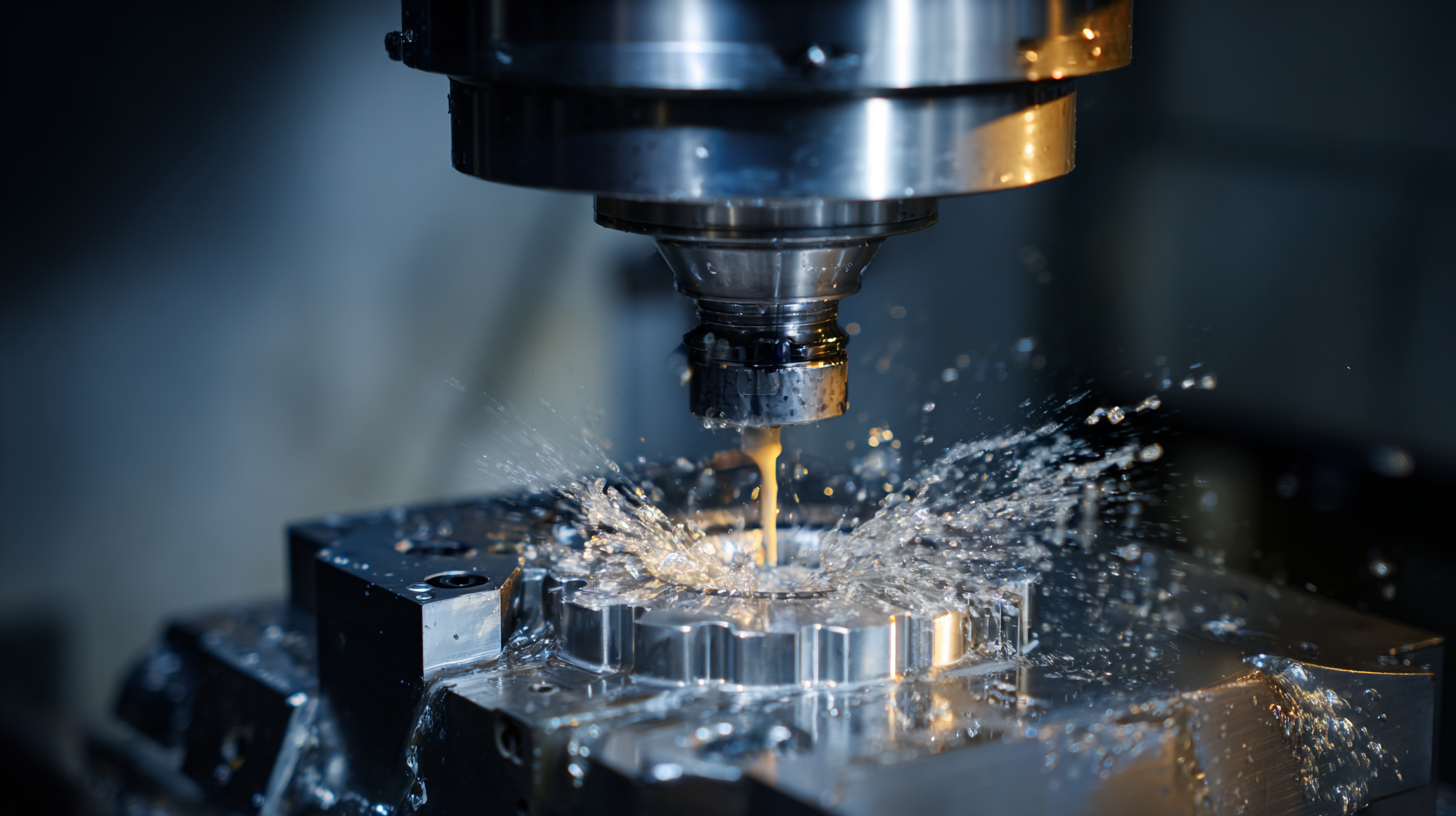
One notable development is the introduction of enhanced CNC programming systems that incorporate 3D scanning technologies. These systems significantly optimize programming tasks by allowing for quick, accurate measurements of parts, enabling a seamless transition from design to production. Additionally, the advent of machine tool robotics further exemplifies how software innovations enhance CNC milling, as these intelligent systems automate complex machining operations, freeing operators to focus on higher-level tasks. Through these advancements, manufacturers are not only improving operational efficiency but also embracing the future of CNC milling with confidence.
Sustainability in CNC Milling: Practices for the Future
Sustainable practices in CNC milling are becoming increasingly crucial as the manufacturing industry embraces digitalization, automation, and emerging technologies like AI and IoT. These advancements not only enhance efficiency but also pave the way for smarter, environmentally friendly manufacturing processes. For instance, by adopting energy-efficient machining methods, companies can significantly reduce their carbon footprint while optimizing resource consumption. Papers analyzing energy consumption characteristics in CNC machining are providing insights into how to improve energy efficiency, reinforcing the need for a sustainability-focused approach in CNC operations.
Tips for achieving sustainability in CNC milling include investing in advanced simulations that assess energy, economics, and environmental impacts. Utilizing modern software tools can enable manufacturers to make informed decisions about material usage and process optimization. Additionally, integrating precise material overrides and customized processes plays a vital role in reducing waste and conserving resources.
Another significant strategy is the use of 5-axis CNC machining services, which can address complex part challenges while minimizing material waste. As the manufacturing landscape evolves, prioritizing sustainability not only meets regulatory expectations but also appeals to a growing consumer base concerned about environmental impact. Manufacturers who embed sustainability into their core practices will be better equipped to navigate future challenges and drive innovation in the industry.
The Future of CNC Milling Innovation: Sustainability Practices
This chart illustrates the adoption of sustainable practices in CNC Milling over the years. The data reflects the percentage of manufacturers implementing various sustainability measures from 2018 to 2023.
Related Posts
-
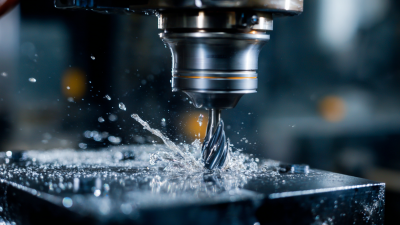
How to Optimize CNC Milling Processes for Maximum Efficiency
-
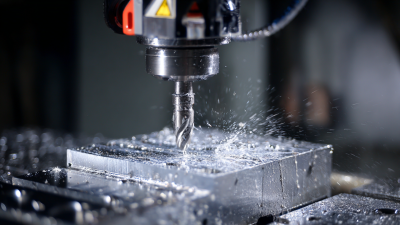
Overcoming the Common Challenges in Sourcing the Best CNC Metal Milling Machines
-
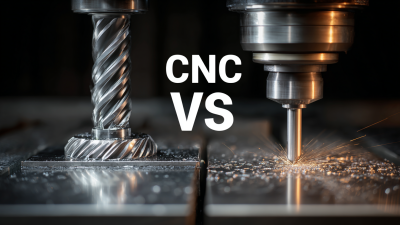
Choosing the Right Manufacturer: A Comprehensive Comparison for the Best CNC Metal Products
-

Finding Top Quality Suppliers for the Best Metal CNC Machines
-
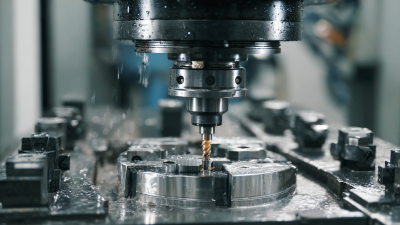
How to Overcome Common Challenges in Sourcing the Best CNC Precision Machining Solutions
-
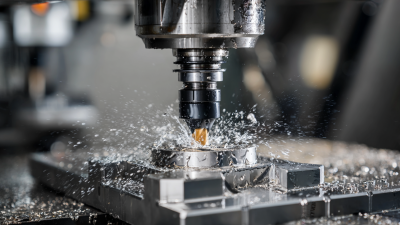
Choosing the Right Manufacturer for Best CNC Machine Fabrication Solutions You Can Trust
Let's Build Together

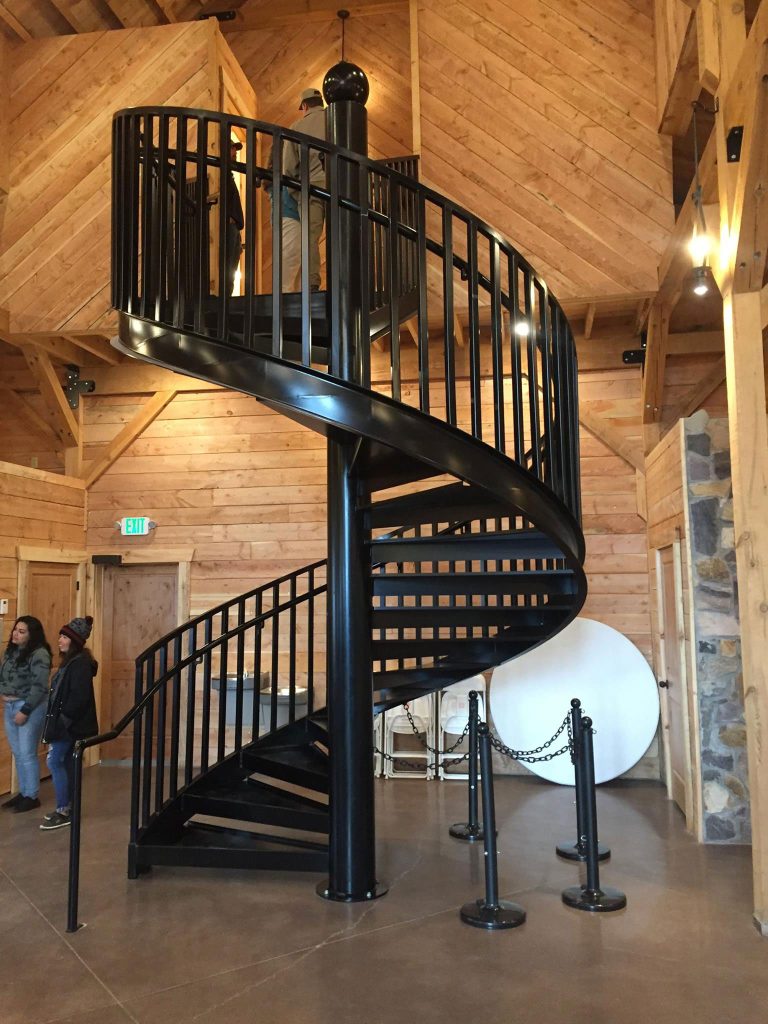

Contact Us: Call 435-563-3503
-OR- Fill in the form below and we will call you back.
